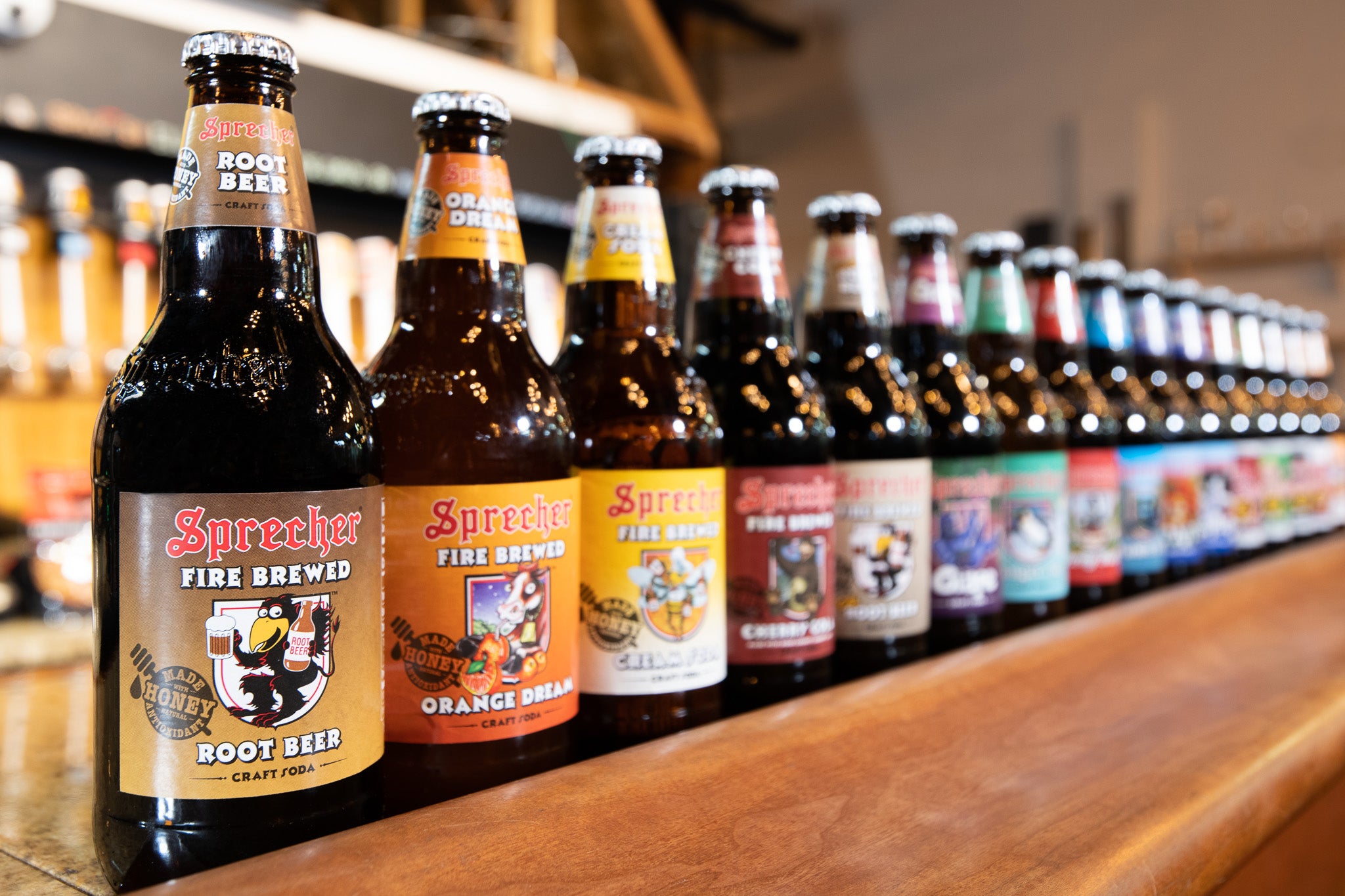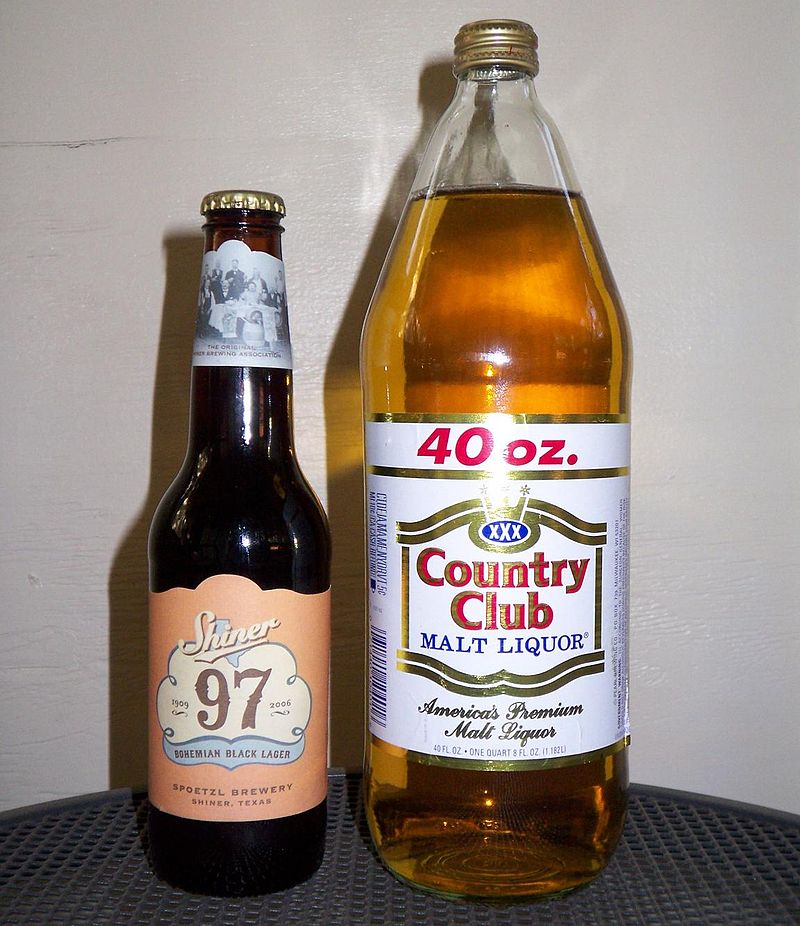Seawall Bar: The Most Effective Drinks with an Ocean Sight in Galveston
Seawall Bar: The Most Effective Drinks with an Ocean Sight in Galveston
Blog Article
The Ultimate Distillery Experience: From Grain to Glass, Every Little Thing You Required to Know
Getting started on a trip via the ins and outs of the distillery procedure reveals a globe where scientific research satisfies virtuosity in the production of spirits. From the mindful option of grains to the precise crafting of each container, every action in the production line plays an important function in shaping the final product that graces our glasses.
The Art of Grain Choice
Choosing the suitable grains is an essential action in the purification procedure, determining the flavor profile and top quality of the end product. The sort of grain selected significantly affects the personality of the spirit being generated - Galveston Whiskey. Typical grains made use of in distillation include barley, rye, wheat, and corn, each imparting distinctive tastes and characteristics to the end product

Beyond flavor factors to consider, the quality and pureness of the grains are paramount. Distillers carefully source grains to ensure they are without contaminants and possess the essential starch web content for fermentation. By grasping the art of grain choice, distillers lay the foundation for creating extraordinary spirits that mesmerize the taste buds.
Distillation Process Demystified
Having developed the structure with thorough grain choice, the purification procedure becomes the transformative stage where the essence of the chosen grains is unlocked and fine-tuned into a perky form. Purification is a systematic process that depends on the concept of separating alcohol from a mix based on distinctions in steaming points. Once the fermented mash is warmed in the still, the alcohol evaporates at a reduced temperature level than water and various other substances, allowing for its extraction. As the alcohol vapors rise and pass with the still, they condense back right into liquid type, resulting in a greater proof extract. This distillate, also referred to as the 'heart cut,' is the purest and most desirable section of the purification run. Nonetheless, the procedure does not finish there; several purification runs or additional steps such as maturing in barrels might even more refine the spirit, enhancing its complexity, flavor, and character. Understanding the ins and outs of the distillation procedure is essential for creating top quality spirits that captivate aficionados and lovers alike.
Barrel Aging and Taste Growth
Throughout the barrel aging procedure, spirits undergo a transformative journey as they communicate with the timber, absorbing nuanced tastes and developing a rich intricacy. The type of wood made use of, generally oak, substantially affects the final taste of the spirit. Oak barrels are preferred for their special buildings that improve the flavor account. As spirits age in the barrels, they remove compounds such as vanillin, lignin, and tannins from the timber, contributing to the growth of fragrances like vanilla, sugar, spice, and also tips of toasted oak.
The permeable nature of timber additionally allows the spirit to breathe, assisting in the combination of tastes over time. Depending company website on the duration of aging and ecological problems like temperature level and moisture, spirits can get different features, from subtle wood notes to deep, intricate tastes that make each set unique.
Craftsmanship in Bottling and Labeling
As spirits reach their optimal flavor profiles through barrel aging, the precise workmanship in bottling and classifying becomes the next essential action in providing a premium item to consumers. The procedure of identifying and bottling is an important element of the total distillery experience, as it is the final touchpoint before the product gets to the hands of customers (Distillery in Galveston). Workmanship in bottling involves making certain that each bottle is loaded exactly with the spirit, thinking about elements such as uniformity in fill levels and the prevention of any pollutants entering the container

Tasting and Appreciating Great Spirits
To fully appreciate great spirits, one have to engage all the senses in a conscious and intentional sampling experience. When sampling penalty spirits, it is important to begin by observing the spirit's look. Swish the spirit in your mouth to completely experience its structure and taste.
Conclusion
To conclude, the distillery experience encompasses the complex art of grain selection, the accurate distillation procedure, the transformative barrel aging, the careful workmanship in identifying and bottling, and the sophisticated technique of tasting and valuing fine spirits. Each step in the manufacturing process plays a critical duty in developing top notch spirits that captivate the detects and delight lovers worldwide.
The kind of grain chosen considerably affects the personality of the spirit being generated. By understanding the art of grain useful link selection, distillers lay the foundation for producing extraordinary spirits that mesmerize the taste buds.

Report this page